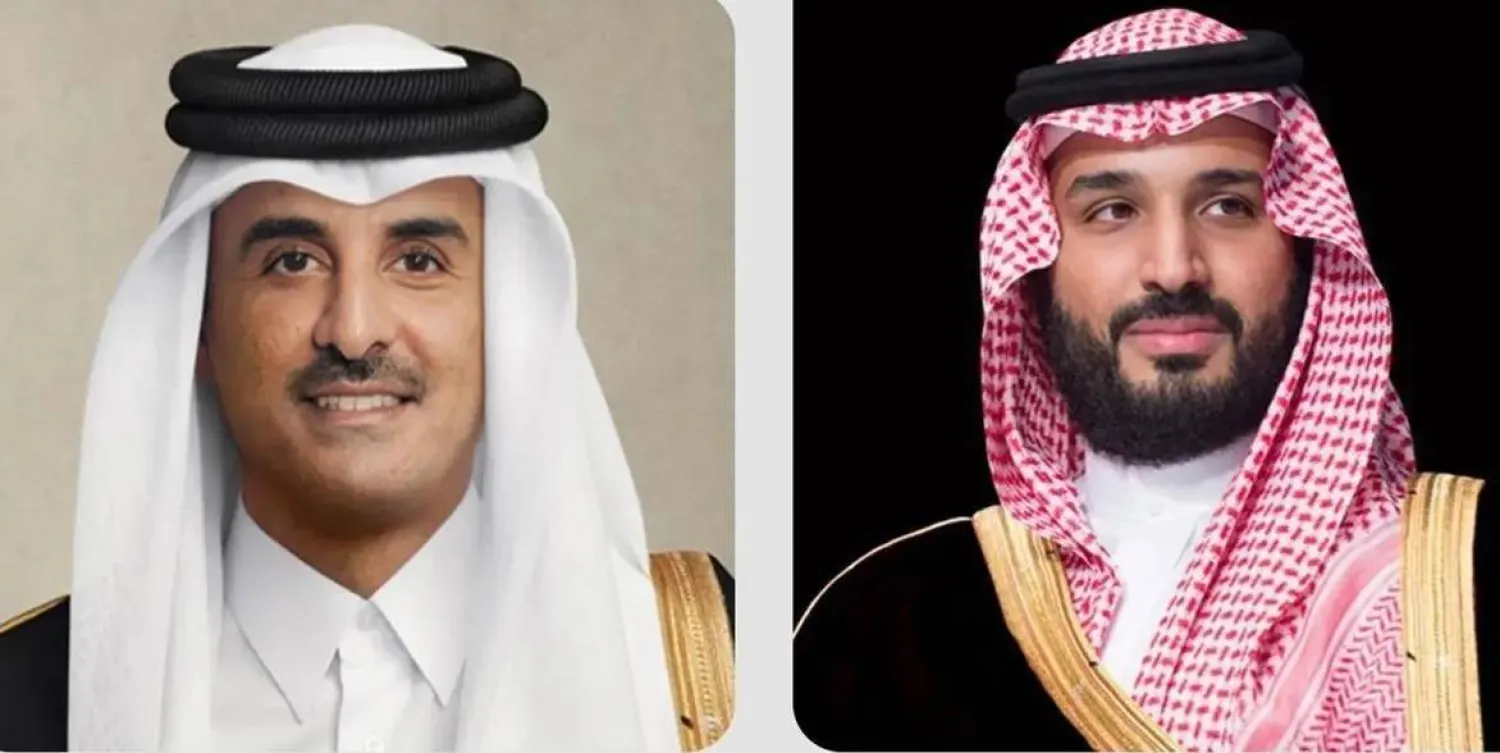The Saudi-Omani Higher Security Committee’s joint working team on Tuesday went on an inspection tour of the Empty Quarter border checkpoint, which connects the Kingdom to the Sultanate.
During the inspection, security officials heard a briefing about the missions and tasks of the checkpoint and discussed bilateral relations and various aspects of cooperation in security fields.
The inspection comes as part of the activities of the fourth meeting of the joint working group emanating from the joint Supreme Security Committee between Oman and Saudi Arabia.
According to the state-owned Oman News Agency, the team of security officials examined the facility at the border checkpoint.
The Kingdom and the Sultanate had come a long way in terms of reinforcing economic cooperation upon the Omani ruler’s visit to Saudi Arabia last June. Sultan Haitham bin Tarik had met with Custodian of the Two Holy Mosques King Salman bin Abdulaziz.
During the past month, the activities of the Omani-Saudi Investment Forum and the meetings of the Saudi-Omani Joint Business Council were held in Muscat to introduce and promote investment opportunities between the two countries in various fields.
Several MoUs for promoting and encouraging joint investment between Saudi Arabia and Oman were inked.
Opening the Empty Quarter land border enhances the prospects for cooperation between the two countries, as the volume of trade exchange between them stands at around $10 billion.
In 2019, Omani exports to the Kingdom totaled around SAR 5.9 billion, while Saudi non-oil exports to Oman amounted to about SAR 3.4 billion.
Trade exchange between the two countries represents 10.4% of the Kingdom’s total exports to Gulf Cooperation Council (GCC) countries.









